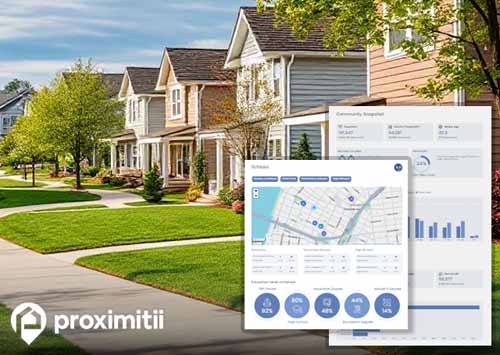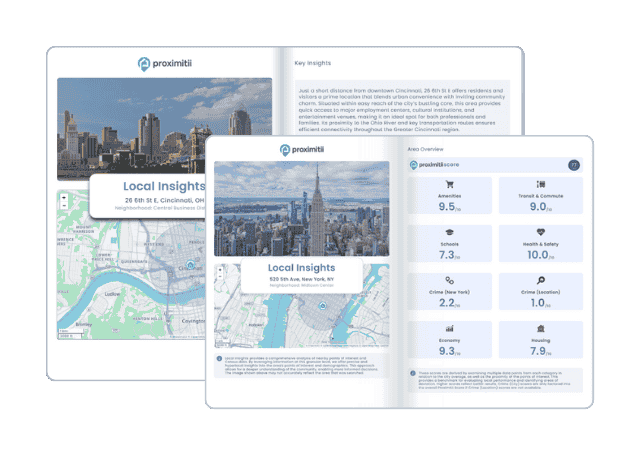| Statistic | Reportedincidents | /100k people | Manchester/100k people | Kentucky/100k people | National/100k people |
| Total crime | 15 | n/a (estimate) | 1,071 | 1,563 | 2,119 |
| Murder | 0 | n/a | 0.0 | 6.1 | 5.0 |
| Rape | 0 | n/a | 0.0 | 32.4 | 37.5 |
| Robbery | 0 | n/a | 0.0 | 35.1 | 60.6 |
| Assault | 3 | n/a | 214.3 | 139.5 | 256.1 |
| Violent crime | 3 | n/a (estimate) | 214 | 213 | 359 |
| Burglary | 3 | n/a | 214.3 | 193.6 | 229.2 |
| Theft | 7 | n/a | 500.0 | 930.2 | 1,272.1 |
| Vehicle theft | 2 | n/a | 142.9 | 226.2 | 258.8 |
| Property crime | 12 | n/a (estimate) | 857 | 1,350 | 1,760 |


Looking at the most recent crime report, the crime rate in Manchester is 24.5% lower than the national average. These crimes fall into two primary categories: violent and property. Violent crimes encompass murder, rape, robbery and assault, while property crimes involve theft, vehicle theft and burglary. In Manchester, there were 2 reported violent crimes, equivalent to 135 per 100,000 individuals, 63.5% lower than the national average. Additionally, there were 24 property crimes, amounting to 1619 per 100,000 residents, 17.1% lower than the U.S. average.
In a remarkable testament to the city's commitment to safety, Manchester reported a murder rate of 0. This could indicate that it is a very safe place to live, but also serves as an inspiration to other urban areas striving for safer communities. Examining the full crime report will provide a complete overview of all crimes - violent and property.
The occurrence of vehicle thefts has been increasing nationwide, and Manchester faces one of the highest vehicle theft rates in the United States. In the latest reported crime year, there were a reported 10 vehicle thefts, translating to 675 stolen vehicles per 100,000 residents. This places Manchester in the bottom 10% among all cities, signifying that 90% of cities have less stolen vehicles. The likelihood of experiencing a vehicle theft is 1 in 149.
To get a feel for the safety of living in Manchester, it's essential to analyze both the overall crime rate and the daily incident count. Manchester presents a total crime rate that is 25% lower than the national average per 100,000 residents. Consequently, Manchester experiences an average of 0.07 daily crimes, comprising 0.01 violent incidents and 0.07 property-related offenses. This evaluation offers a comprehensive understanding of the safety landscape, aiding individuals in making informed decisions when considering relocation.
Year-over-year crime data allows residents and potential residents to assess the crime in Manchester. A decrease in crime rates may indicate improving safety, while an increase could raise concerns. The year-over-year crime rate in Manchester has increased by 8.3%. Violent crimes have didn't change by 0%, while property crimes have increased by 9.1%. By comparing crime rates from one year to the next, authorities and communities can identify trends and patterns in criminal activity. This helps in understanding whether crime is increasing, decreasing, or remaining stable over time.
Manchester has a poverty rate that stands at 41.4, in contrast to the national average of 15.1. Historically, a direct correlation has been observed between poverty rates and crime stats. Higher poverty rates have led to higher crime rates, while lower poverty rates have led to a reduction in Manchester crime rates. Income disparities and heightened poverty levels can serve as catalysts for elevated or reduced criminal activity, as individuals may or may not turn to illicit means to fulfill their basic needs. This could be one of many factors that may influence crime.
High cost of living can lead to economic stress for individuals and families, particularly those with limited financial resources. When people struggle to make ends meet due to high housing costs, healthcare expenses, or other basic necessities, they may be more inclined to engage in criminal activities, such as theft or fraud, as a means of financial survival. On the flipside, cities that have a lower cost of living, could see a reduced crime rate. In Manchester, the cost of living is 19.06% lower than the national average.
The impact of law enforcement and community policing efforts plays a crucial role in shaping crime rates in any city. A robust and cooperative bond between law enforcement and the community can serve as a deterrent to criminal activities, enhancing overall safety. In Manchester, the ratio of police officers and civilians per 1,000 residents stands at 8.72, differing from the national average of 3.25. Effective law enforcement hinges not solely on officer numbers but also on the manner in which they interact and collaborate with the community. Building trust and cooperation are central tenets of community policing, amplifying its influence on crime prevention.

Why stop at city-to-city? With Local Insights, you can compare neighborhoods, zip codes, or even exact addresses. Access 300+ hyperlocal data points—from schools and crime to housing and amenities—to see which area is the better fit.

| Item | Manchester | Kentucky | National |
| Law enforcement employees (officers & civilians) | 11 | 5,359 | 558,732 |
| Police officers & civilians /1000 residents | 8.7 | 2.8 | 3.3 |
| State | Total offenders | Kentucky /100K | National /100K |
| Kentucky | 9,099 | 222 | 266 |
| City | Population | Violent crime/100k people | Property crime/100k people | Total crime/100k people |
| Annville, KY | 831 | 261 | 1,654 | 1,915 |
| Oneida, KY | 370 | 326 | 2,064 | 2,389 |
| Manchester, KY | 2,195 | 214 | 857 | 1,071 |
| City | Population | Violent crime/100k people | Property crime/100k people | Total crime/100k people |
| Clearlake Oaks, CA | 2,194 | 260 | 1,110 | 1,369 |
| Isle of Hope, GA | 2,194 | 51 | 263 | 314 |
| Holley, FL | 2,194 | 76 | 405 | 481 |
| New Wilmington, PA | 2,196 | 0 | 1,621 | 1,621 |
| Havana, FL | 2,193 | 109 | 581 | 690 |
| Manchester, KY | 2,195 | 214 | 857 | 1,071 |